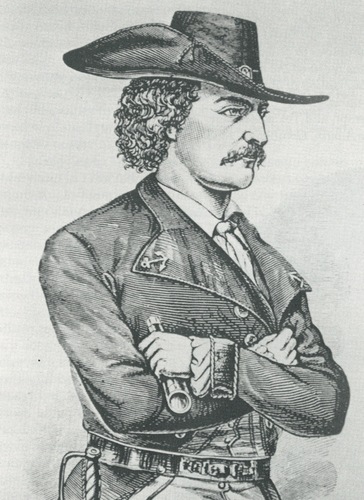.jpg) The "Beach Road" has a long history
The "Beach Road" has a long historyBy Judy Linsley
Long before the stretch of highway between Sabine Pass and Port Bolivar became part of Highway 87, people traveled it. Nomadic Attakapas Indians left behind arrowheads, spear points, and pottery in their wanderings. Jean Laffite's men used it in the early 1800s, when the famous pirate had his headquarters on Galveston Island.
The Beach Road (as early settlers named it) followed a natural ridge above the high tide line, actually higher than the marsh behind it. Old-time stockmen in what are now Jefferson, Chambers, and Galveston counties utilized this relatively high ground to drive cattle east to the New Orleans market.
With statehood for Texas in 1845, the Beach Road became an important postal route serving Sabine Pass, Point Bolivar, and Galveston. It remained unimproved, however, until the coming of the automobile.
In 1923 the road from Port Arthur through Sabine Pass to the Gulf of Mexico was ditched, graded, and shelled using the natural deposits on the beach ridge. Traffic on McFaddin Beach (between Sabine Pass and High Island) greatly increased. In June, 1924, a refinery workers' picnic drew an estimated 25,000 cars carrying people bound for swimming, dancing, races, games, fireworks, and a "bathing girls revue."
In the spring of 1930 Jefferson County completed Beach Road improvements from Sabine Pass to High Island, coinciding with the opening of a Bolivar-Galveston ferry for automobiles and pedestrians (previously only for trains). The ferry provided the final link in the Port Arthur-Sabine Pass-High Island-Bolivar-Galveston road.
The road became an important route for trucks hauling crude from the High Island oil field and for Bolivar Peninsula farmers taking produce to market. It also served the "summer colonies," of beach houses of Beaumonters and Port Arthurians.
In February 1931 the Beach Road officially became part of Texas State Highway 87, and by 1934 the Sabine Pass-High Island stretch was paved with asphalt. The Beach Road became a link in Texas' "Hug-the-Coast" highway from Orange to the Rio Grande Valley, which opened in 1940.
During World War II, the Beach Road was guarded by U.S. Coast Guardsmen, nicknamed "Coast Guard Cowboys" because they complied with wartime blackouts by riding horses at night they rode horses rather than driving vehicles.
Beginning in the early 1940s, the Beach Road suffered damage from hurricanes, including from Carla in 1961, Allen in 1980, Alicia in 1983, and Chantal and Jerry in 1989. Ironically, hurricane damage was made worse because of the tons of shell, gravel, and sand removed earlier from the road ridge to build the highway.
The state closed the highway from High Island to Sea Rim State Park, near Sabine Pass, meaning that citizens of Sabine Pass headed to Galveston had to go via Highway 73 through Port Arthur and Winnie, a detour that added 90 minutes to their trip.
On November 17, 2007, the Beach Road took its place in Texas history, when it received a Texas State Historical Marker. Like so many other things, it will be gone-but not forgotten.
